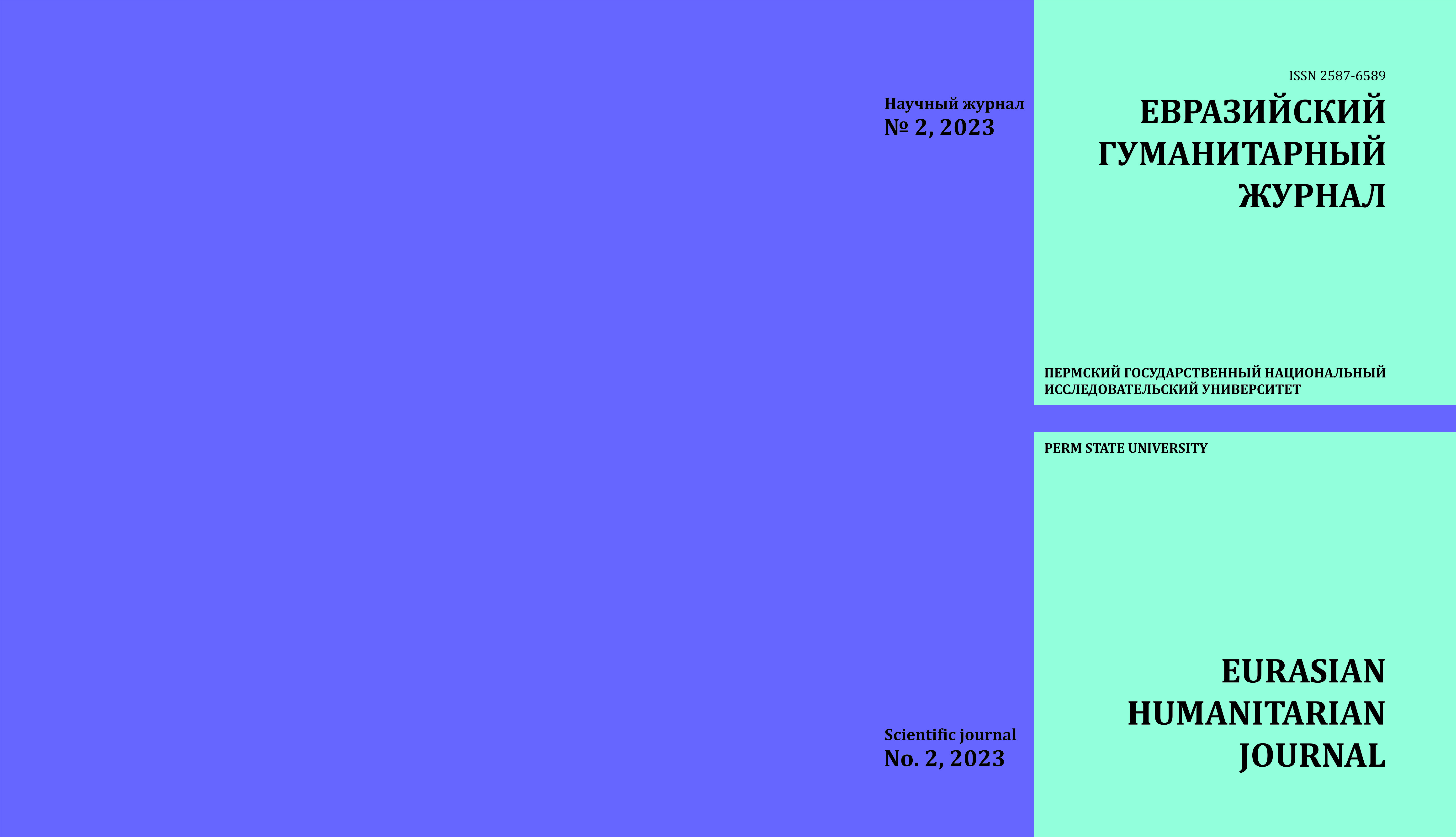ЛИНГВОКУЛЬТУРНЫЙ ПОТЕНЦИАЛ АКВАКОДА
Ключевые слова:
культура, язык, код культуры, аквакод, фразеологизм, паремия, немецкийАннотация
В предлагаемой статье анализируются особенности таких единиц аквакода немецкой лингвокультуры как Bach, Fluss, Meer и See, зафиксированные во фразеологизмах немецкого языка. Фразеологизмы делают речь не только более выразительной, но и позволяют узнать историю народа, понять своеобразие его культуры и быта. Они наиболее восприимчивы к национальной культуре, своеобразно кодируя те или иные её проявления, так как вырастают на почве осознания реалий жизни, преданий и мифов, верований и суеверий, обычаев и установок, принципов нравственности. Образы же, запечатлённые во фразеологизмах, есть «следы» определённых пластов культуры с древнейших времён до наших дней. Это достаточно интересный материал для исследований в области сопоставительной фразеологии, лингвокультурологии, этнолингвистики. Объекты окружающего нас мира (как природные, так и артефакты), помимо выполнения своих прямых функций, несут ещё дополнительные значения. Описание этих значений происходит через коды культуры. Аквакод культуры занимает среди них особое место, так как зависимость человека от водных объектов и тщательное их изучение нашли отражение в и языке. Целью статьи является описание запечатленных в водных образах фразеологизмов констант культуры, необходимых для понимания особенностей немецкого менталитета в аспекте историко-этимологического и лингвокультурологического подходов. Аквакод культуры – совокупность ментальных образов, связанных с водой или водными объектами и специфические характеристики, дополняющие их природные свойства функционально значимыми для культуры смыслами.Загрузки
Опубликован
2023-06-30
Выпуск
Раздел
ОБЩЕЕ ЯЗЫКОЗНАНИЕ

